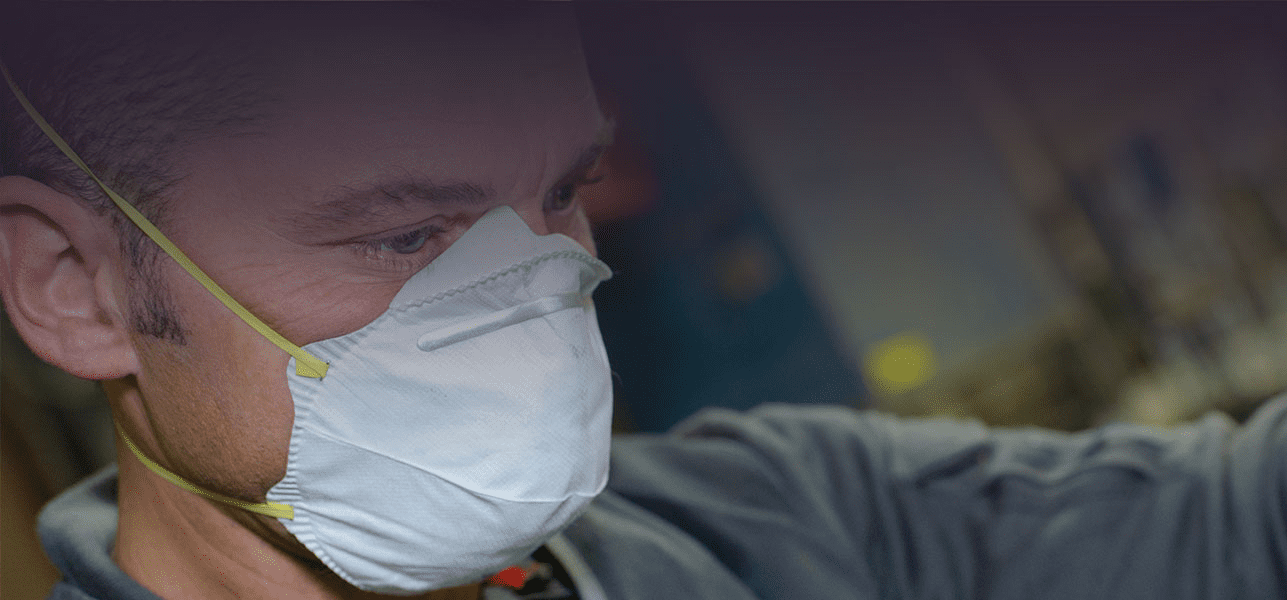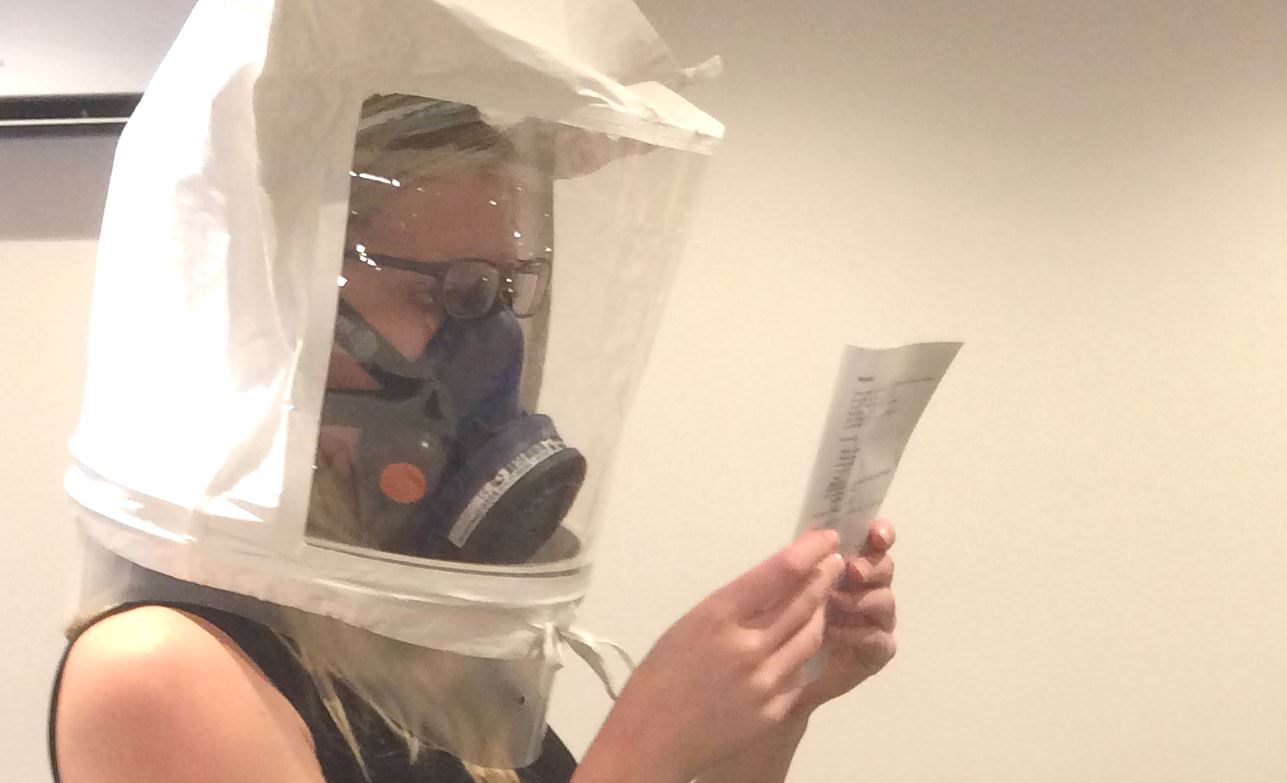
24 Nov The Difference Between Quantitative and Qualitative Face Fit Testing
What is the difference between quantitative and qualitative face fit testing? Face fit testing is an essential part of keeping employees safe in hazardous environments. It helps to determine the effectiveness of their respiratory protective equipment (RPE), so that informed decisions can be made as to whether it offers adequate levels of protection.
Quantitative and Qualitative Face Fit Testing
When testing your RPE, we use either:
- Qualitative face fit testing (subjective)
- Quantitative face fit testing (measurable)
Both quantitative and qualitative face fit testing methods are widely used for testing RPE. However, the type of test that you choose will depend on your equipment and environment.
Qualitative Face Fit Testing
Qualitative testing can be used to determine the seal quality of disposable half-masks, and it can also be used for re-usable half mask respirator fit tests. It relies on the person’s sense of taste to determine the mask’s effectiveness.
To begin with, the individual will be asked to wear a hood without the mask. The tester will then spray a strong-tasting solution into the hood and ask the person to indicate when they identify it. This will determine how much of the solution will need to be administered in the test.
After this, the person then be required to wear the test mask and the hood whilst performing a variety of movements and light exercises to simulate normal working conditions. If the person can taste the solution, the seal is not effective.
Quantitative Face Fit Testing
The process of quantitative face fit testing is quite different. Unlike qualitative methods, this type of testing isn’t reliant on the person, and uses methods such as particle counting to effectively measure the quality of the seal. We choose to use the TSI Portacount Pro when performing this method of testing. Currently, it is the only fit tester on the market that can test all different kinds of masks.
The TSI Portacount Pro works by counting particles. The wearer is required to partake in exercises that will simulate normal work practices to check the validity of the seal. The Portacount will then measure the number of particles that enter the mask at this time, comparing it to the number of particles which are challenging it.

Should I Choose Quantitative or Qualitative Face Fit Testing?
Whether you choose qualitative or quantitative face fit testing will depend on the type of mask you prefer, your budget and whether you wish to learn to carry out the testing in house. Both quantitative and qualitative face fit testing methods are approved by HSE, and must be performed by a competent tester.
For businesses that often require employees to wear RPE, learning how to effectively perform a qualitative face fit tests can be a great way to keep costs down. It is a much simpler method to learn, and it doesn’t require expensive equipment such as the Portacount Pro. With our train the tester courses, you can save time and money that would otherwise be spent on external testing. However, you must be aware that qualitative testing is subjective, meaning that it relies on the senses and judgement of the individual. This can make it much harder to determine the quality of the seal and whether adequate levels of protection are being provided.
Want to learn more?
Our friendly team is happy to help. If you require any advice on testing your respiratory equipment, give us a call today on 01423 611030. Alternatively, book your test online today with our form.



No Comments